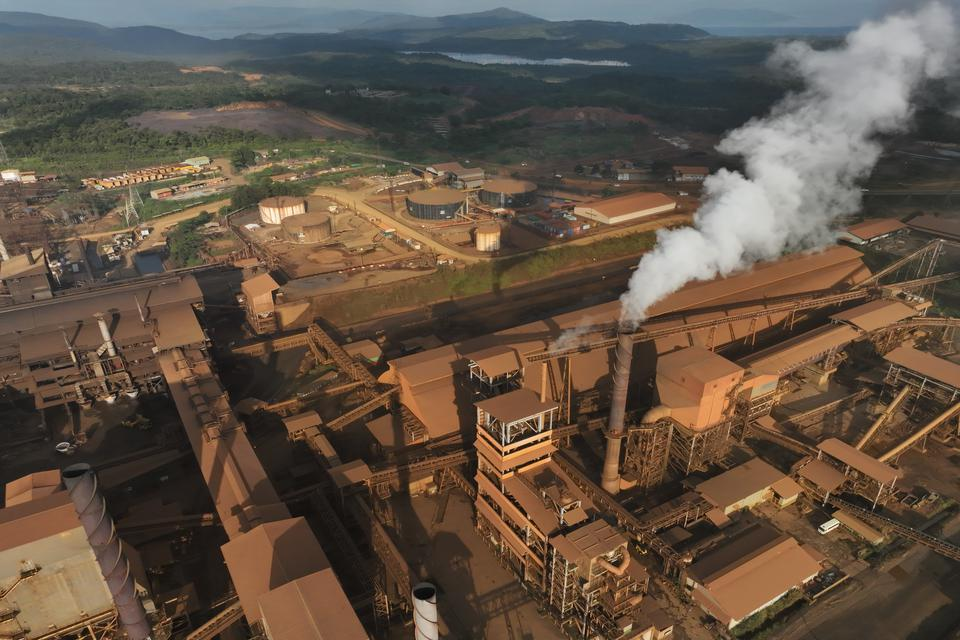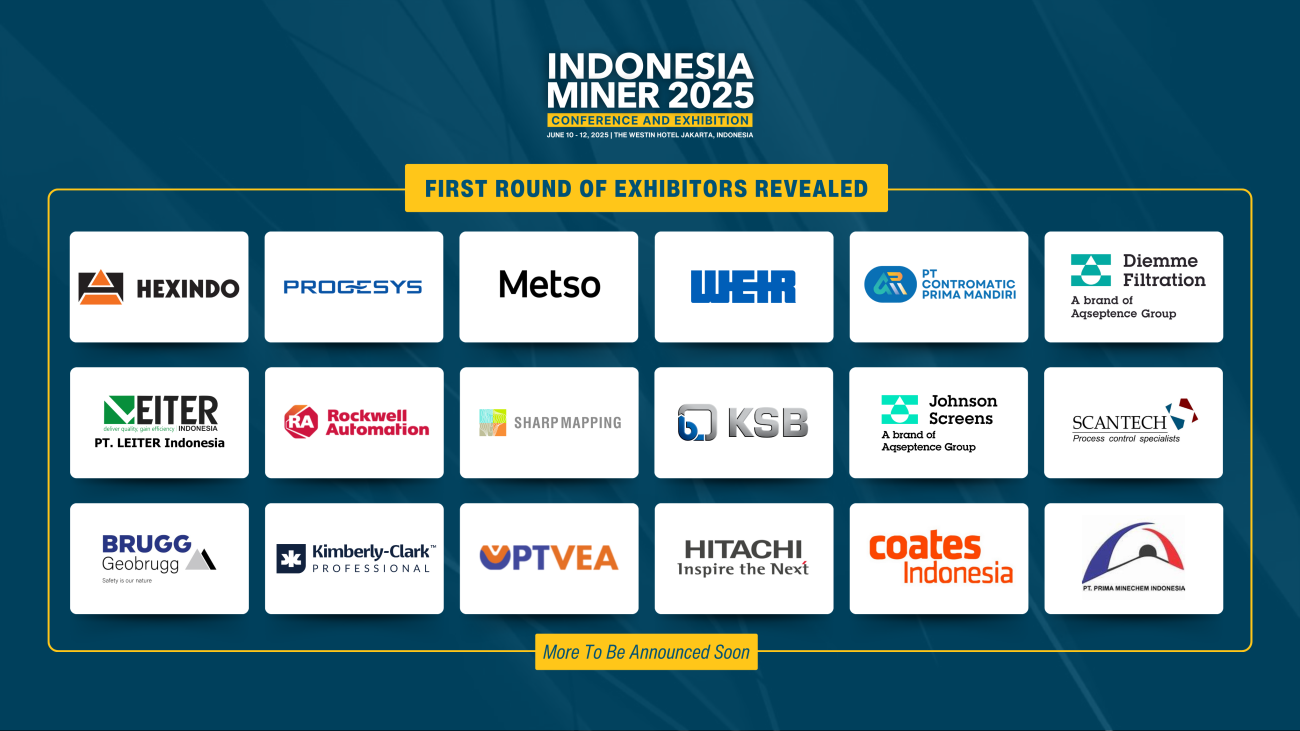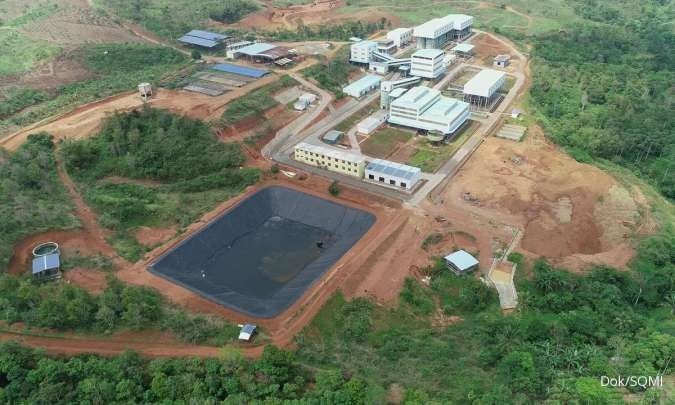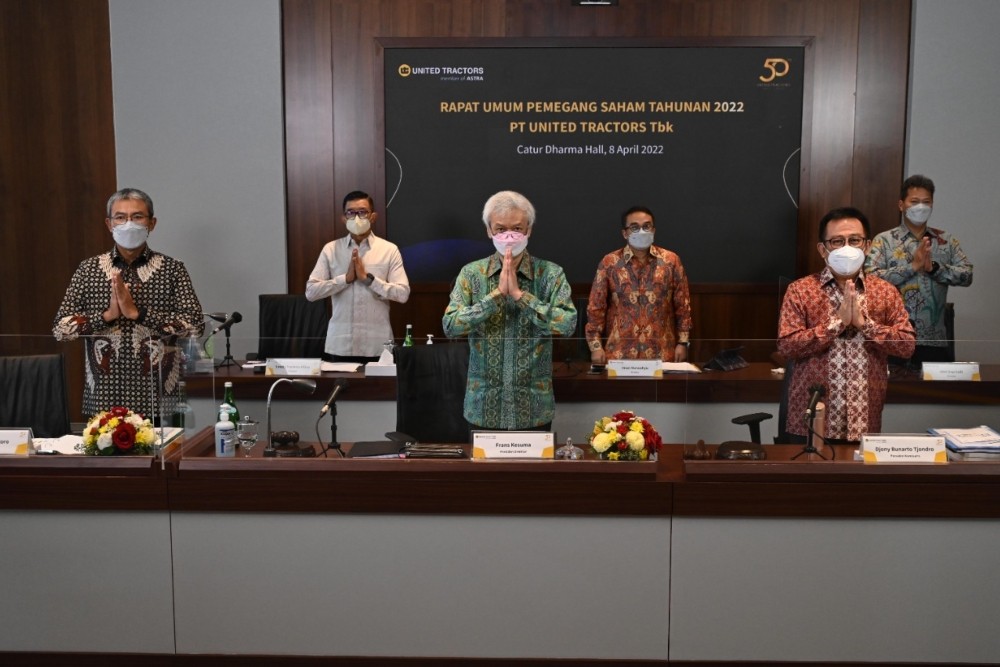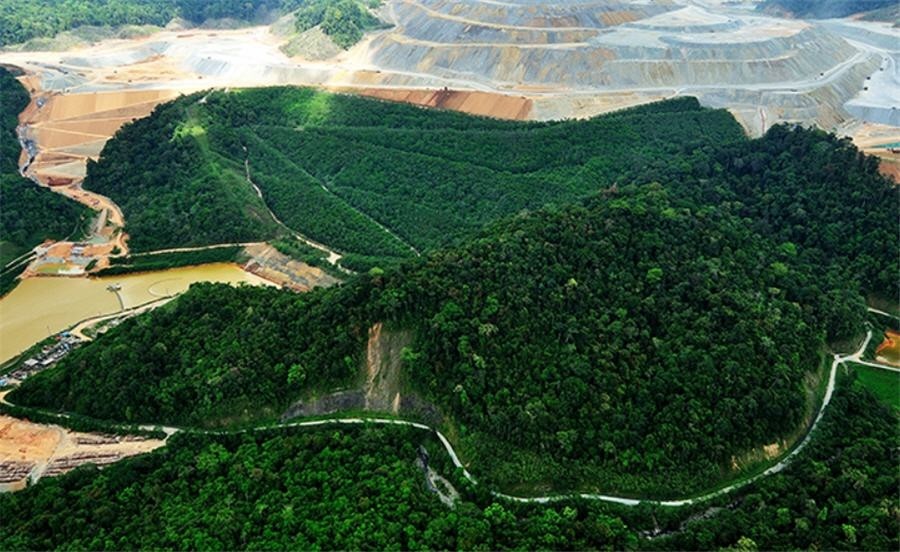The House Representative of Energy Commission supports the government's plan to temporarily suspend or moratorium on permits for the construction of nickel processing plants. The reason is that currently there is excess production of high grade nickel commodities, such as ferronickel, nickel pig iron (NPI), and nickel matte.
Deputy Chairman of Commission VII Bambang Haryadi said the government should encourage mineral processing factories that produce downstream products for battery raw materials such as precursors and cathodes.
"I think it is necessary to limit the construction of new smelters, which are currently the result of initial management," Bambang told journalists at the Nusantara II Building, Jakarta on Wednesday (16/8).
The Energy Commission also encourages the government to provide greater opportunities for business actors who wish to establish High Pressure Acid Leach Leaching (HPAL) hydrometallurgical smelters.
This smelter is for the supply of raw materials for further downstream products, such as precursors, cathodes, and batteries. "So the hope is that in the future the added value will be even higher," said Bambang.
The Indonesian Nickel Industry Forum (FINI) echoed a similar attitude. Chairman of FINI, Alexander Barus, said that the moratorium on permits for the construction of pyrometallurgical smelters at RKEF is urgent to be implemented as the excess supply of processed commodities from high-grade nickel ore is causing prices to be further pressured.
"It's best to have a moratorium now, meaning that new permits for pyrometallurgical smelters, in my opinion, no longer need a permit," Alex said at the Westin Hotel on Tuesday (9/5).
Alex, who also serves as President Director of PT Indonesia Morowali Industrial Park (IMIP), also said that the upstream nickel mining business is now overwhelmed to meet the demand for saprolite nickel supplies to the smelter company processing the high grade nickel ore.
Even though the production of high grade nickel ore reaches 130 million metric tons per year, this amount is not comparable to the ability and processing capacity of all domestic smelters. "With 130 million tons, the miners have worked hard. What does that mean? There can be smelters that cannot be supplied and there is competition between supplies," said Alex.
Special Staff of the Minister of Energy and Mineral Resources for the Acceleration of Mineral and Coal Management (Minerba), Irwandy Arif, said that the production rate of NPI to ferronickel is currently increasing nickel ore consumption significantly to obtain high grade saprolite nickel ore of 1.5% -3%.
Irwandy explained that the absorption of nickel ore to produce NPI and ferronickel currently reaches 100 million to 160 million tons per year. This amount will increase to 450 million tons per year if the construction of the RKEF smelter continues. On the other hand, Indonesia's nickel ore reserves are only 5.2 billion tonnes.
According to him, the government needs to increase exploration for nickel reserves while boosting the HPAL smelter which is capable of processing low grade 0.8-1.5% limonite nickel ore into a mixture of hydroxide solids from nickel and cobalt Mix Hydroxide Precipitate (MHP) and Mix Sulphide Precipitate (MHP). MSPs). This product is the main raw material for the production of nickel sulfate or cobalt sulfate. The two intermediate products are raw materials for battery components.
Image source: ANTARA FOTO/JOJON/SPT.
